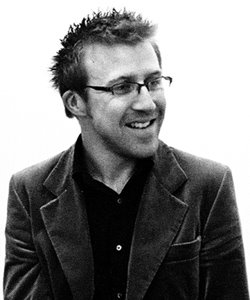Stage Directions

'Rather than live or 'be' the character, an actor must show and portray them - become a representation of that person. Brecht, in rehearsals, advised actors to speak in the third person, the past tense and even say their stage directions in order to help this. Another way to achieve this is to show the actors changing costume and becoming different characters in full view of the audience; the play is cemented as not being real and the focus can move back to the message.'
- http://www.bbc.co.uk/dna/h2g2/alabaster/A4986840
In reading the back catalogue of plays I made a conscious decision to limit stage directions. In fact most of them have been pencilled in during rehearsal. KATH made her own decisions about when to enter and exit making the staging as devised as the text. Where there are specific stage directions they are referenced by actors in the script. Strands of self-referentiality and theatricality as topic have evolved organically during the process. We talked about how the Drama Group's performance style might contrast with the mode of performance of Acts of Communion. How pace and levels could better accommodate this difference for an audience. We discussed the meta-theatrical possibilities, for example, what would happen if someone had to be prompted when thanking the prompt. There is always this sense of a drama group in the act of performing a drama - perhaps that is the message, and how them as people and them as performers collides. There is a sense of their collusion in the conclusion e.g. KATH writing the ending and they have been guiding the process as much if not more than me. Where I asked them questions during the interviews, I ask them now in performance. Where material ran out in rehearsal, we mark it in the script and move on to something new. Where there are scene changes e.g. from wedding to christening, I outlined possible arrangements of stools. I had a suggested drawing for each scene and it was the first time I have experimented with this diagrammatic approach. Reminiscent of Beckett in Come and Go. These diagrams were tried and modified by the group. In some cases suggestions of direction and text were vetoed. This week, without books, I want to work on how we animate the piece beyond the words and the stools, because much of it is performed seated I want to see how we can make more visible the transitions from actor to character, onstage to offstage.


0 Comments:
Post a Comment
<< Home